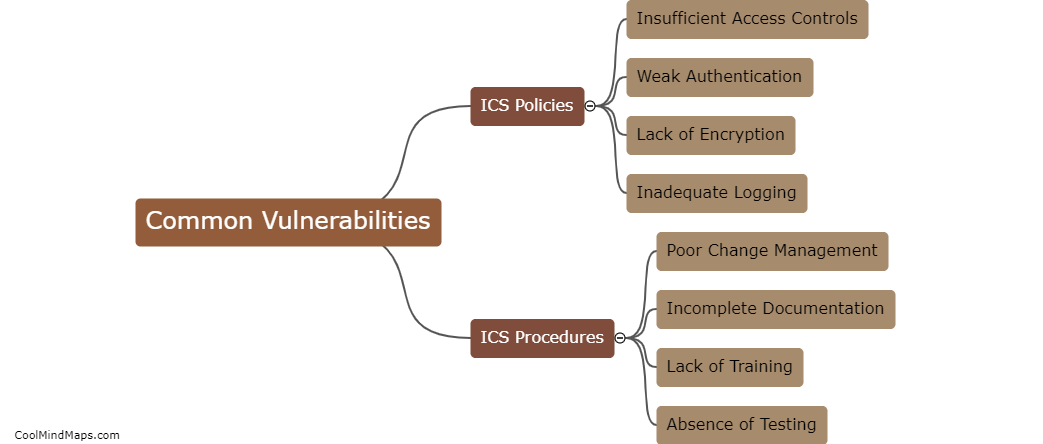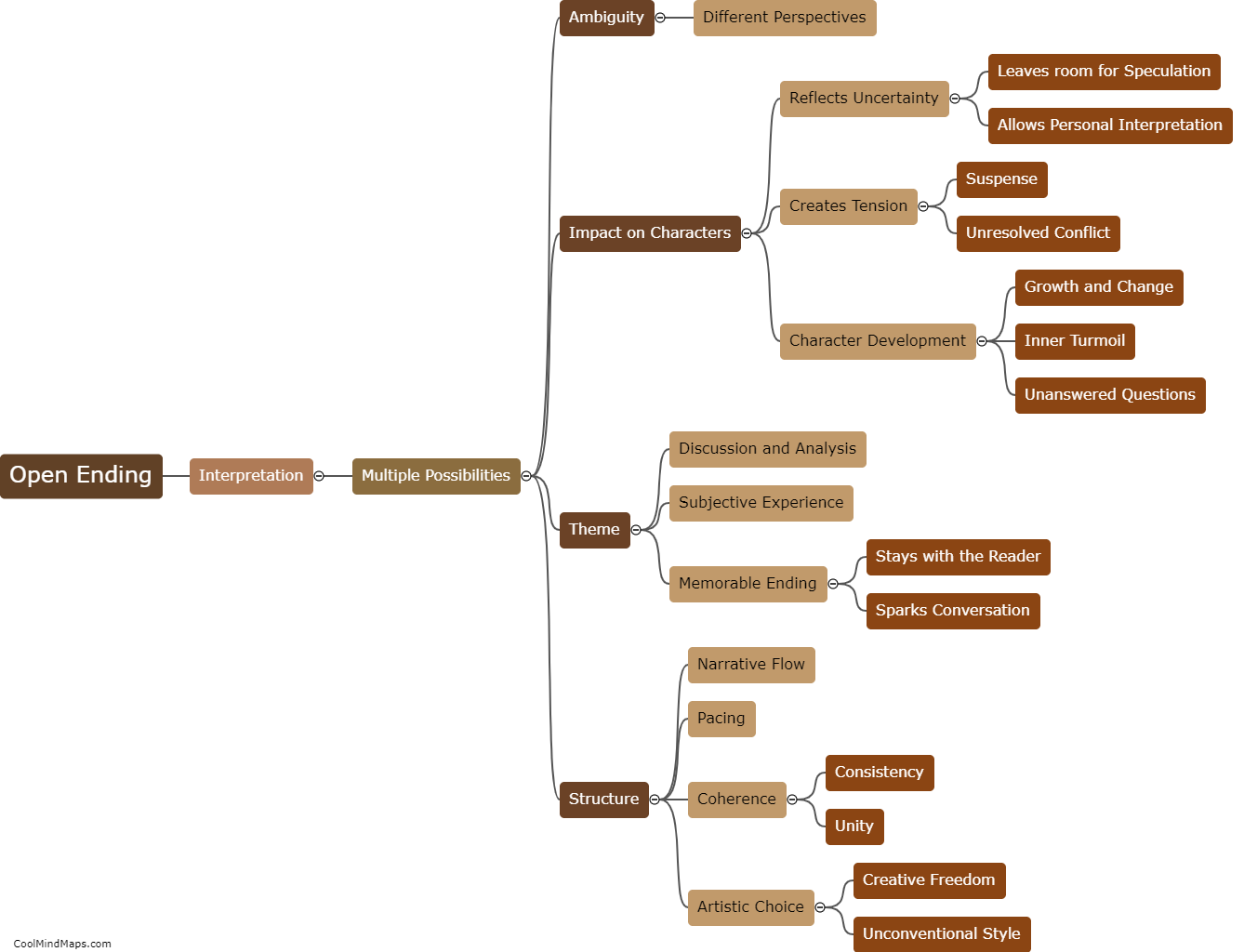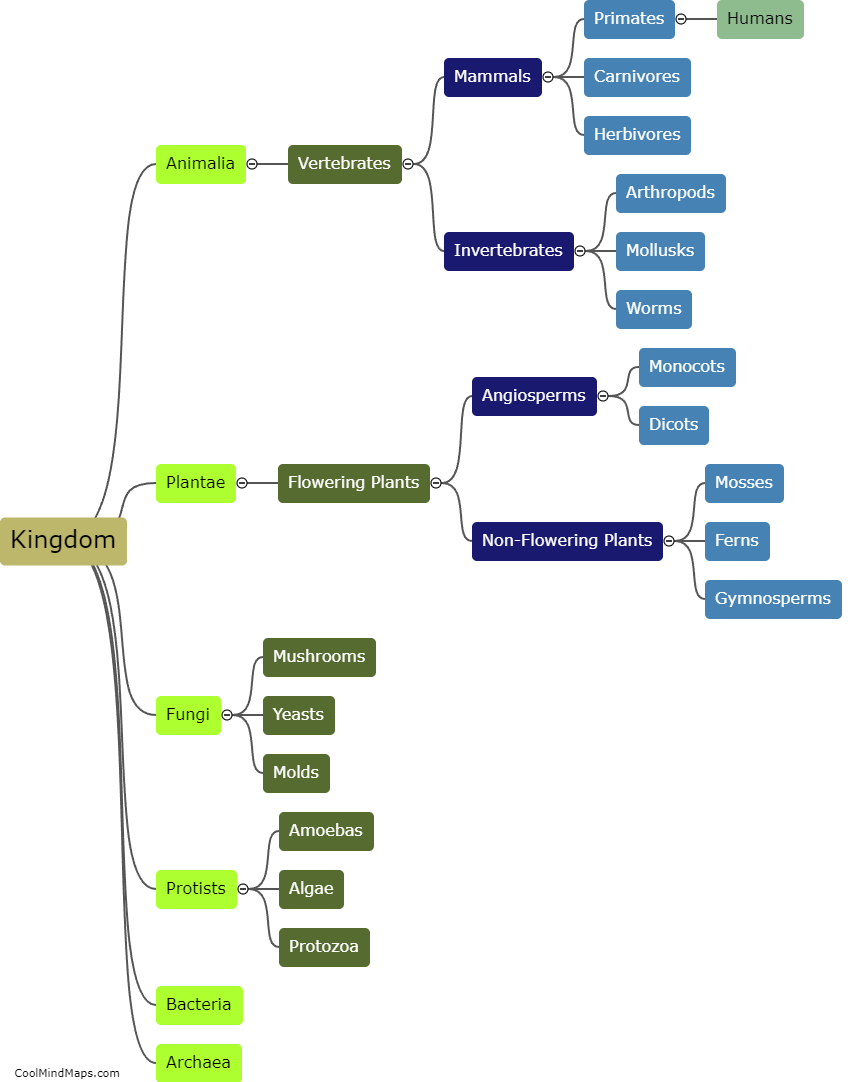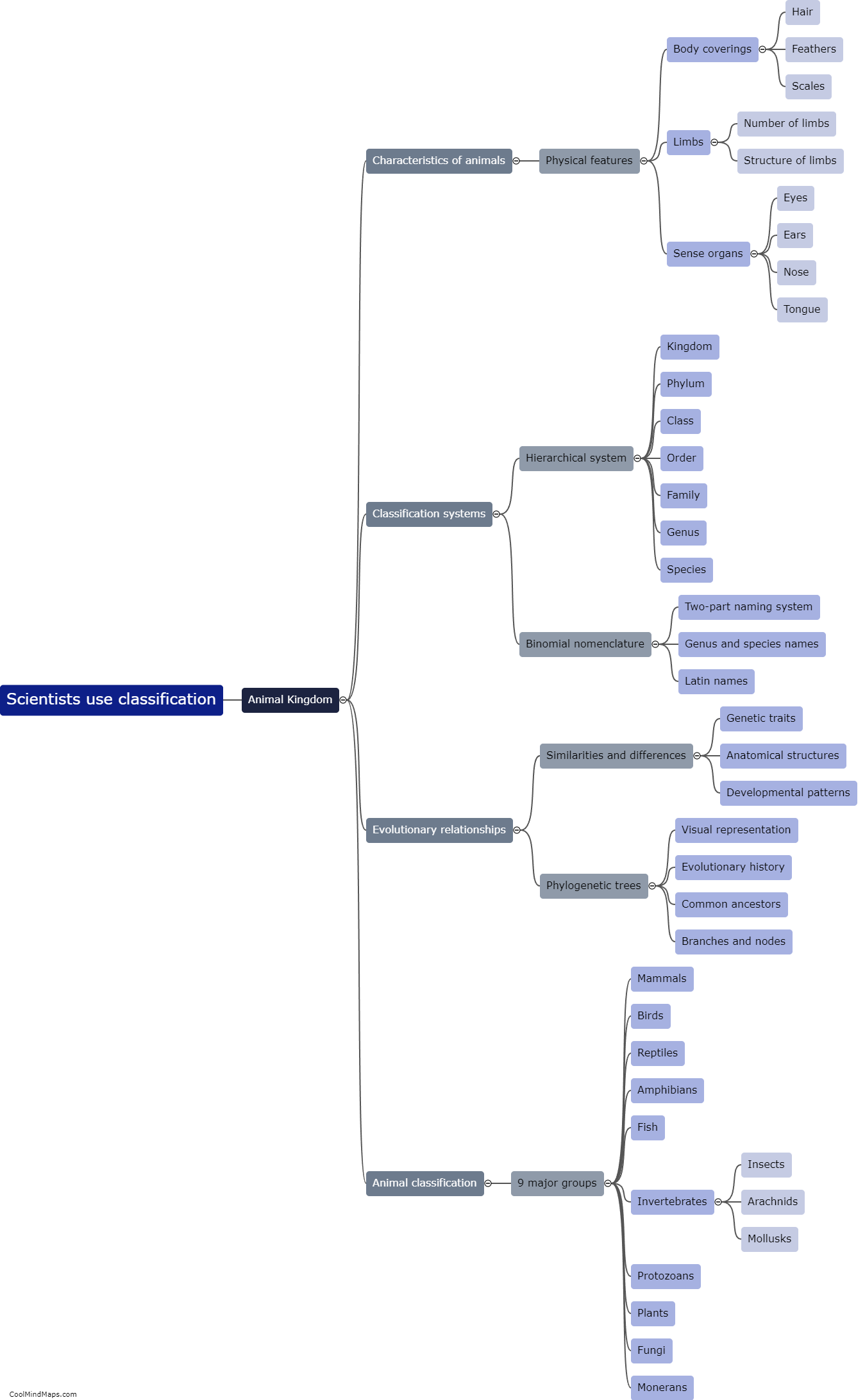How are organisms classified and organized into taxa?
Organisms are classified and organized into taxa using a hierarchical system called taxonomy. Taxonomy categorizes organisms based on their shared characteristics and evolutionary relationships. The classification system begins with the largest category called the domain, which includes the three main groups of organisms – Archaea, Bacteria, and Eukarya. Each domain is further divided into kingdoms. The kingdoms are then divided into smaller taxonomic groups including phylum, class, order, family, genus, and species. Organisms are grouped together if they share common characteristics or traits. For example, species within the same genus share more similarities than those in the same family. This classification system helps scientists to study and understand the diversity of life on Earth and to identify and name newly discovered organisms.

This mind map was published on 24 October 2023 and has been viewed 103 times.











